Quang Yen is a land with a rich cultural tradition with many ancient villages, many of which have land and village names that are still used today.
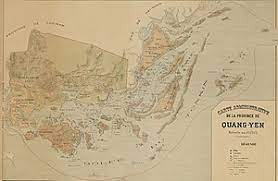
Quang Yen used to be the name of a province, a large area consisting of 6 cantons: Ha Bac, Ha Nam, Duong Dong, Truc Dong, Bi Giang and Van Yen, divided into 42 villages. In which, Ha Bac canton includes the villages: Yen Hung, La Khe, Quynh Lau, Khe Chanh, Dong Linh, Bui Xa, Hoang Lo, Khoai Lac, Yen Lap and Yen Cu. Ha Nam canton includes: Hung Hoc, Hai Yen, Cam La, Yen Dong, Phong Coc, Trung Ban, Quynh Bieu, Luu Khe, Vi Duong. Duong Dong canton includes the villages: Duong Dong, Trang Kenh, Gia Duc. Truc Dong canton includes the villages: Truc Dong, Mai Dong, Liet Xa, My Liet, Vien Khe, Thu Khe, Thiem Khe, Dao Tu, Quy Khe. Bi Giang canton includes: Bi Giang, Lac Thanh, Ha Mo Cong, Dien Cong, Nhu Y Trung, Nhu Y Thuong, Nam Mau, Thuong Mo Cong. And Van Yen canton includes: Van Yen, Truc Vong, Tieu Dao, Dai Dan.
Later, the name Quang Yen became the name of the town of Yen Hung district, which is now the name of the town. Quang Yen now consists of 2 parts, Ha Nam and Ha Bac. Ha Nam island alone now has 8 communes and wards with over 60,000 people, formerly a large tidal flat at the mouth of the Bach Dang river. In the early 15th century, there were 6 groups of Tien Cong and residents who came to build dikes to reclaim land from the sea and establish villages. Among them, there were 17 Tien Cong from Tho Xuong district, Hoai Duc prefecture, Thang Long citadel. They were all laborers who lived mainly by farming and fishing along the lake of the old Kim Nguu river. King Le Thai To allowed residents in the area to find vacant land to establish new villages anywhere and were exempted from taxes during the initial period of cultivation. The 17 Tien Cong brought their families down the Red River to the Bach Dang estuary, stopped their boats and settled down, and worked as fishermen.
After finding a fresh water source, they reclaimed the land to make rice fields, established villages to both grow rice and catch seafood. First, the first lords established Bong Luu commune, later changed to Phong Luu, including 3 villages Phong Coc, Cam La, Yen Dong. Later, 2 more lords, Hoang Nong and Hoang Nhenh, from Tra Lu, Nam Dinh, also came down to reclaim land and establish villages in this area, gradually forming the island village of Ha Nam.
The people of the four communes commemorated the merits of the 19 Immortals and built a temple in the center of Ha Nam island, now in Cam La commune, called the Temple of the Nineteen Immortals. Every year, the people in the area hold the Tien Cong festival from January 5 to 7 with rituals of welcoming living people, wrestling, building dikes and unique folk games of the river region. The festival has been honored as a National Intangible Cultural Heritage. In addition to the temple in Cam La, the people of Trung Ban village, Lien Hoa commune also built a separate temple to worship the two Immortals, Hoang Nong and Hoang Nhenh. In Hiep Hoa, on the Ha Bac side, there is also a Tien Cong festival, held earlier than usual.
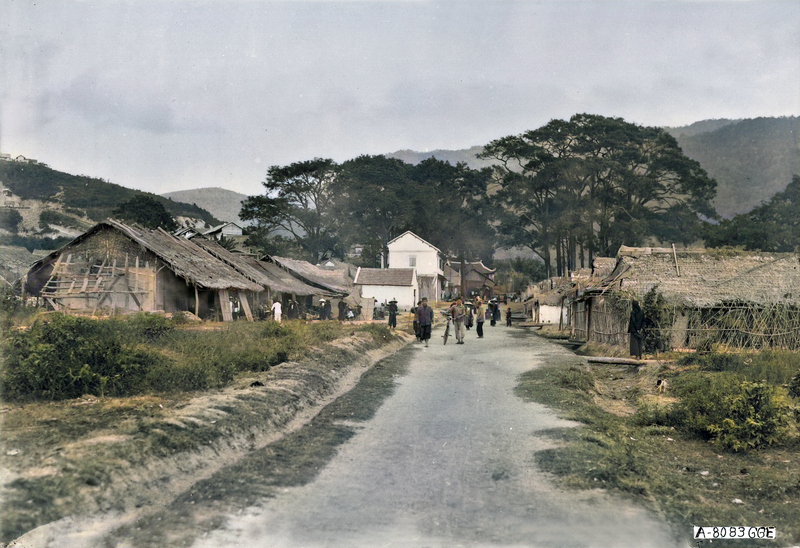
Currently, Quang Yen is the name of a town that includes the land of two former cantons, Ha Nam and Ha Bac, with the territory of 20 ancient villages: Phong Coc, Cam La, Yen Dong, Trung Ban, Luu Khe, Vi Duong, Vi Khe, Quynh Bieu, Hai Yen, Hung Hoc, Yen Hung, Yen Tri, Quynh Lau, Khe Chanh, La Khe, Bui Xa, Hoang Lo, Dong Linh, Yen Lap, Khoai Lac. Dien Cong village was later transferred to the territory of Uong Bi city.
Some village names have been changed to commune and ward names, such as: Phong Coc, Cam La. Some village names have been changed to hamlet and neighborhood names, such as: Hung Hoc, Vi Duong, Yen Dong, Trung Ban, Khe Chanh, Khoai Lac, Yen Lap, Dong Linh, La Khe.
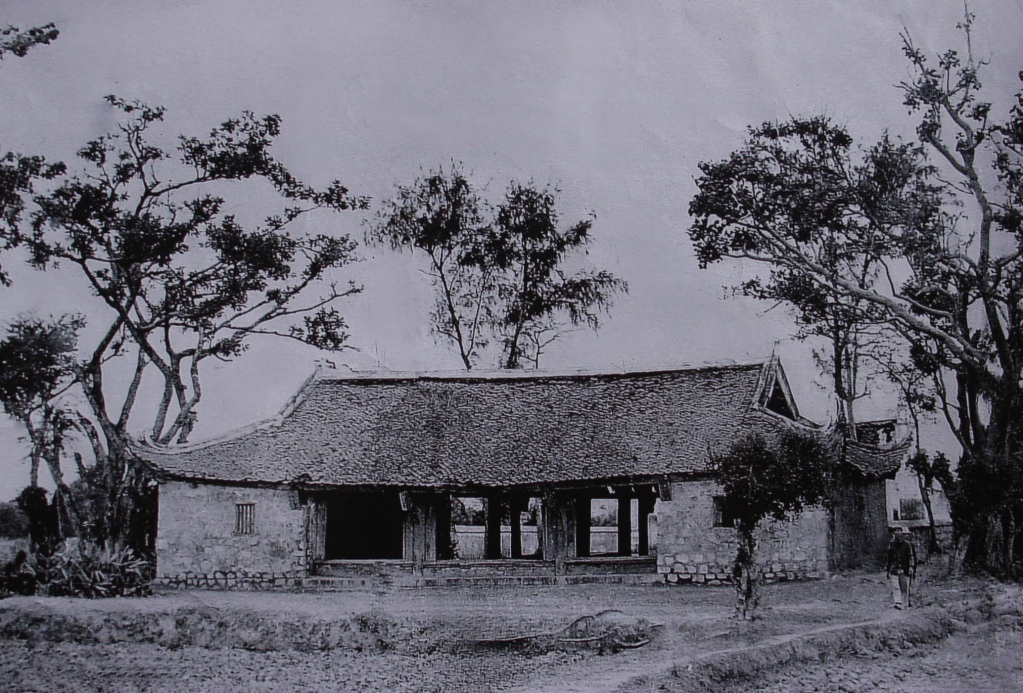
Each village has an ancient communal house associated with a temple or shrine to worship the village guardian spirit. And every year, the villages hold festivals at the communal house. Currently, only a few of the 21 ancient villages still hold festivals. Currently, there are only 11 communal houses that have been inventoried and ranked: Coc communal house, Luu Khe communal house, Yen Giang communal house, Trung Ban communal house, Hai Yen communal house, Hung Hoc communal house, Dong Dinh communal house, Khoai Lac communal house, Quynh Bieu communal house, Dong Linh communal house and Quynh Lau communal house.
According to Mr. Le Dong Son, former Head of the Department of Culture and Information of Quang Yen Town, the communal house in Quang Yen was established quite early, perhaps in the 15th century. The reason for this assessment is the land division stele in Trung Ban communal house, carved in the 26th year of Hong Duc (1495), recording the measurement of land division, dikes, and population of the island communes of Ha Nam by King Le Thanh Tong in the years 1471 and 1490. The communal houses still preserve many sacred relics, sacred images, steles, parallel sentences, large characters, and valuable worship objects. In addition to the communal house, there are also places where temples are built, with inscriptions carved to record the achievements of descendants in the village.
Source


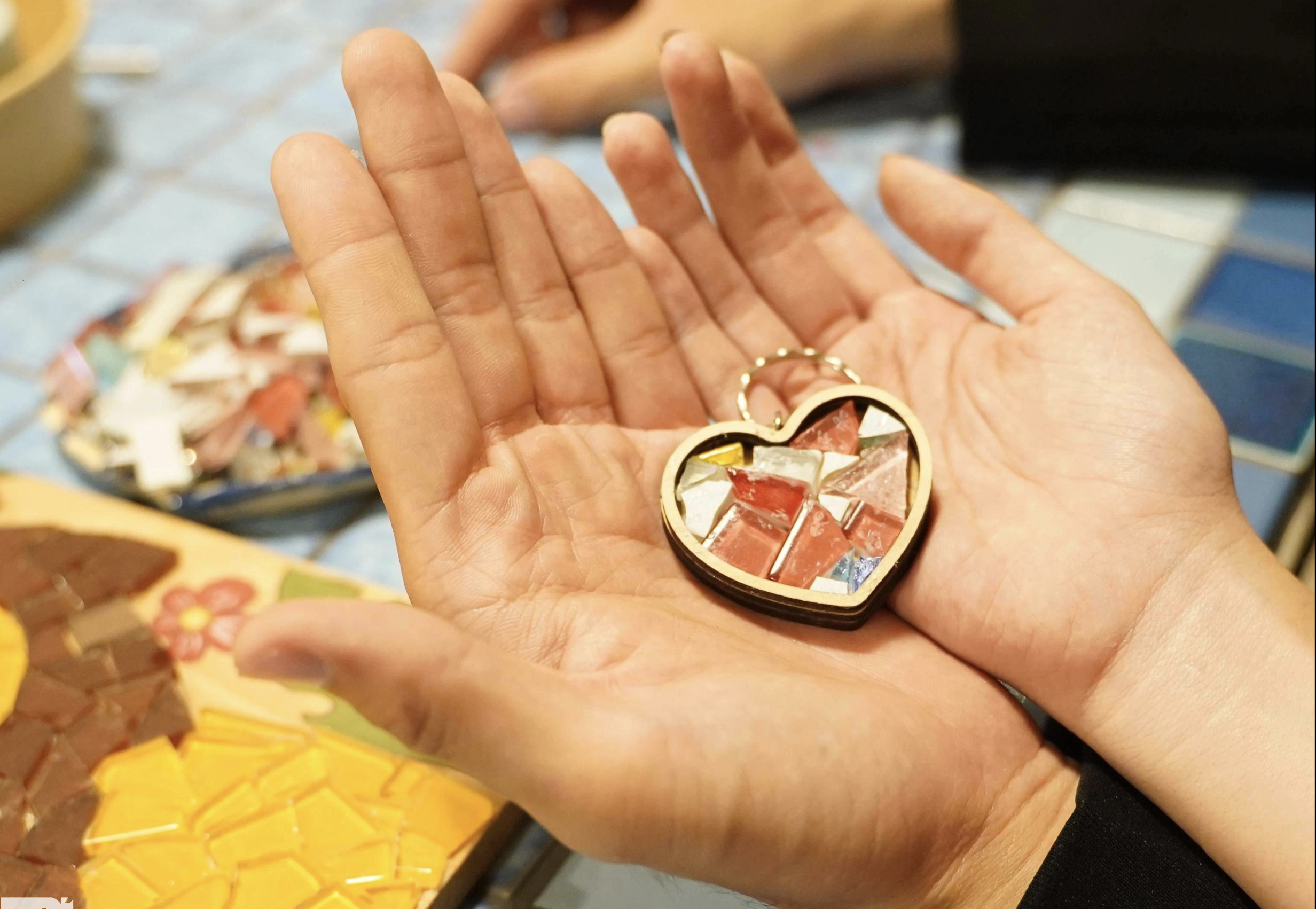


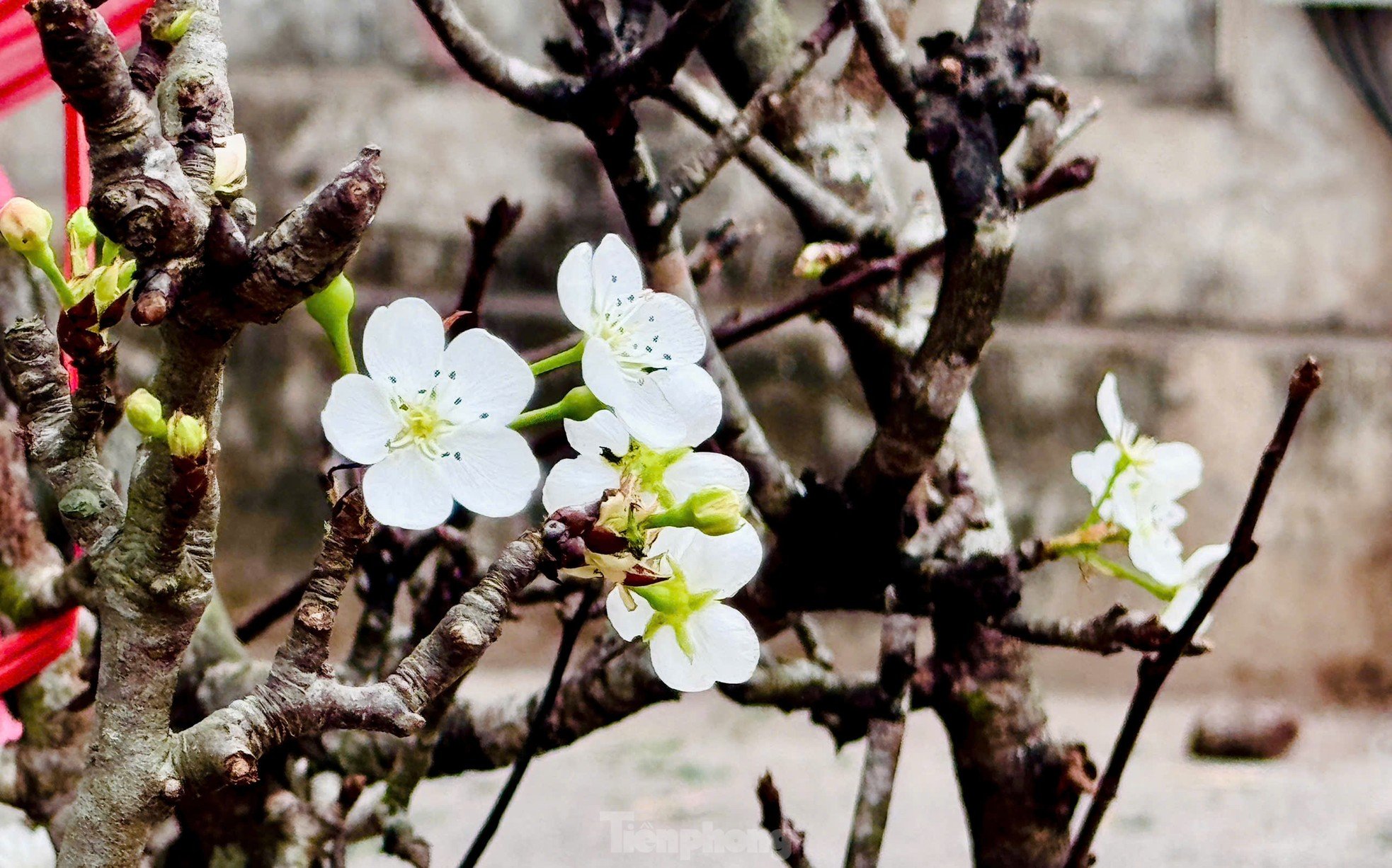
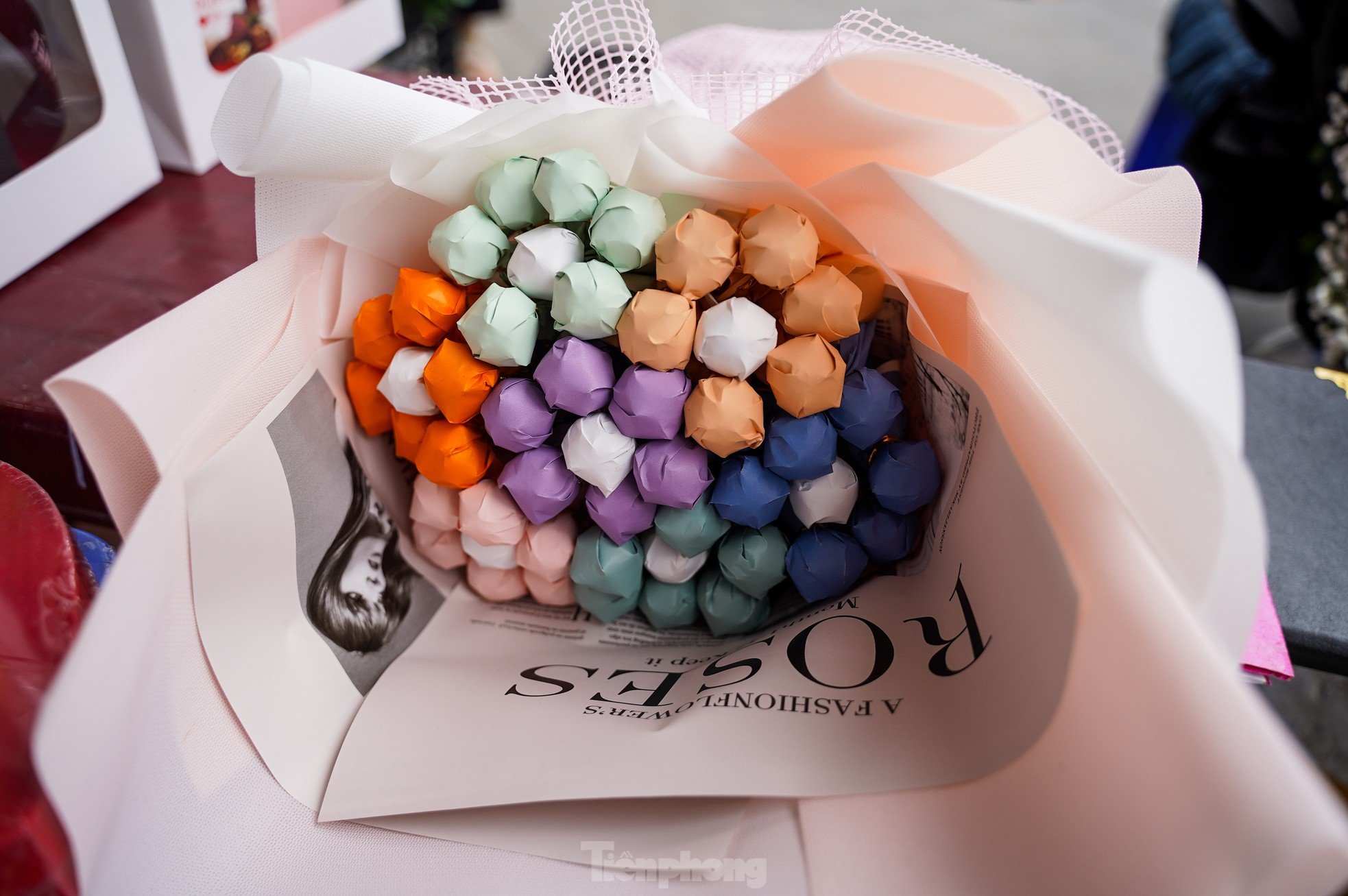























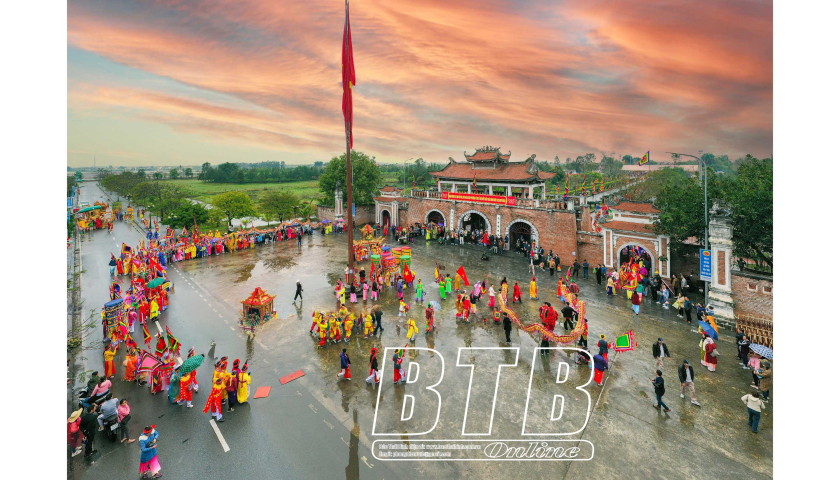
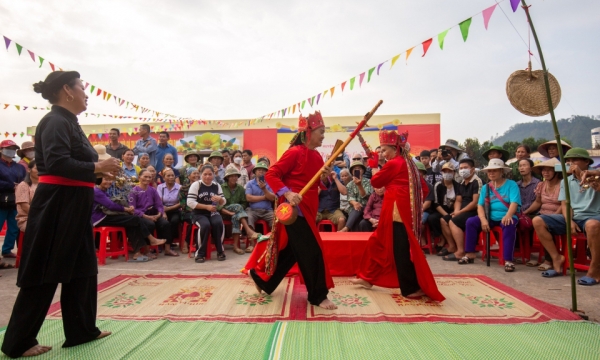
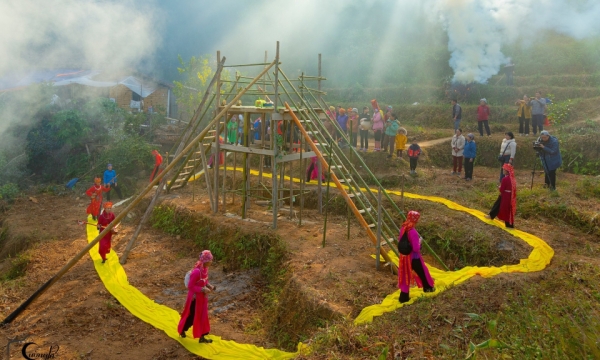
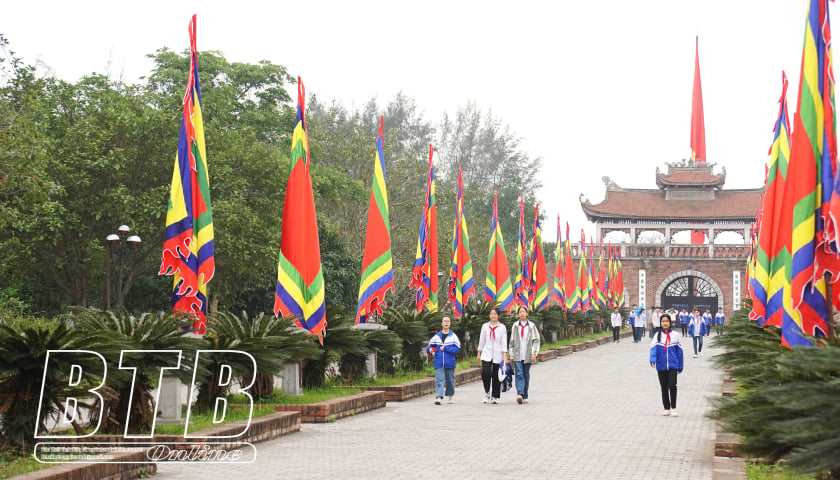
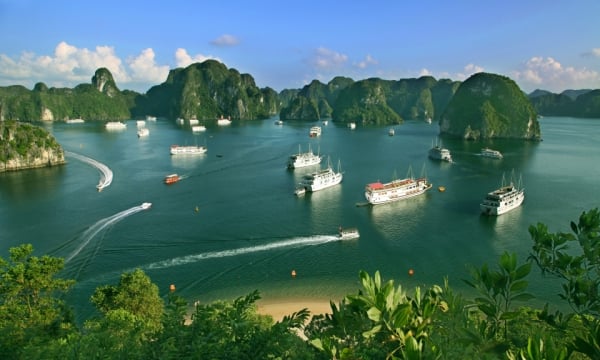

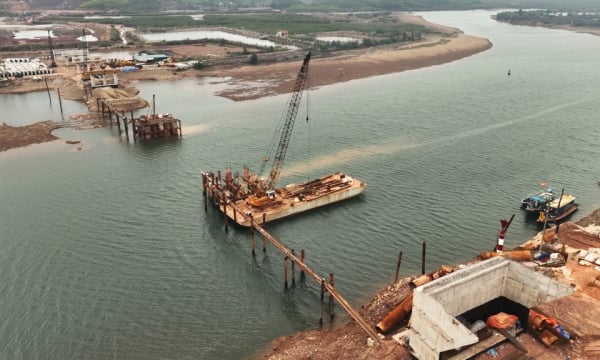

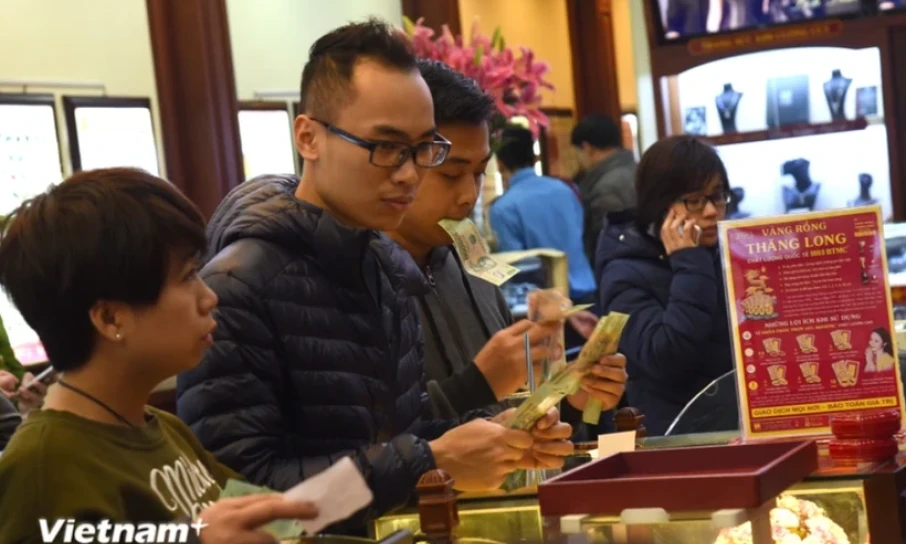
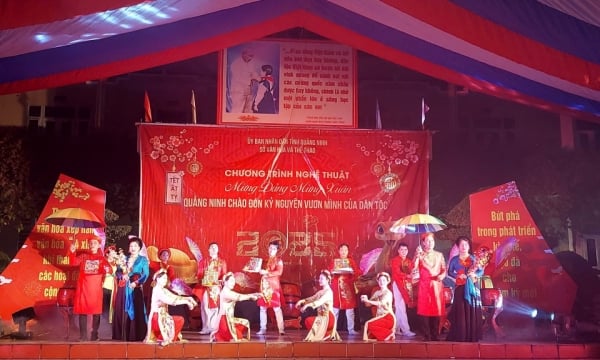


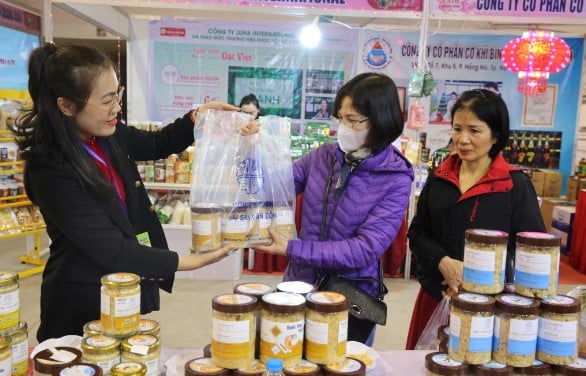
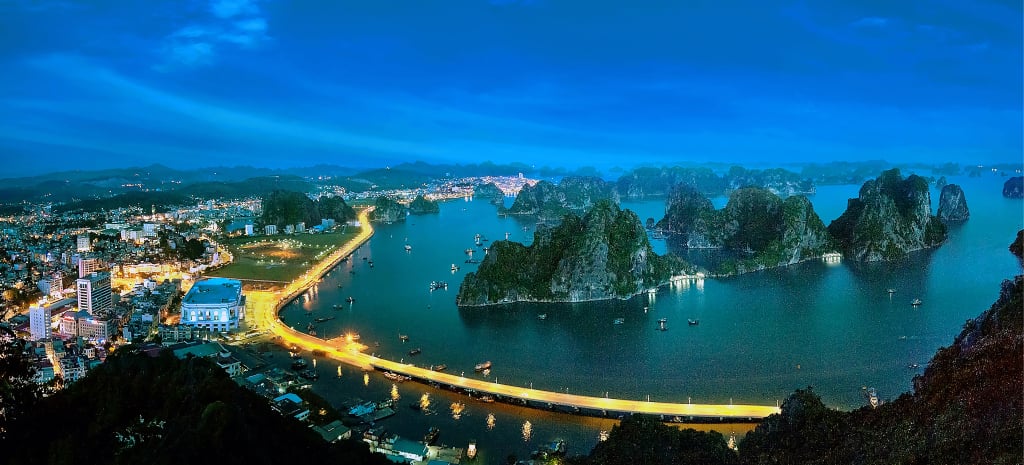
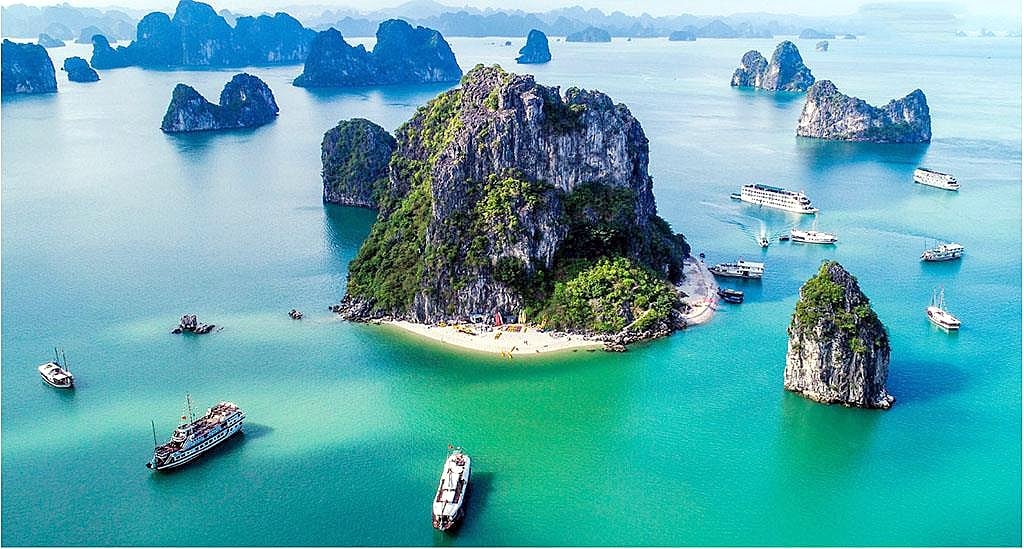
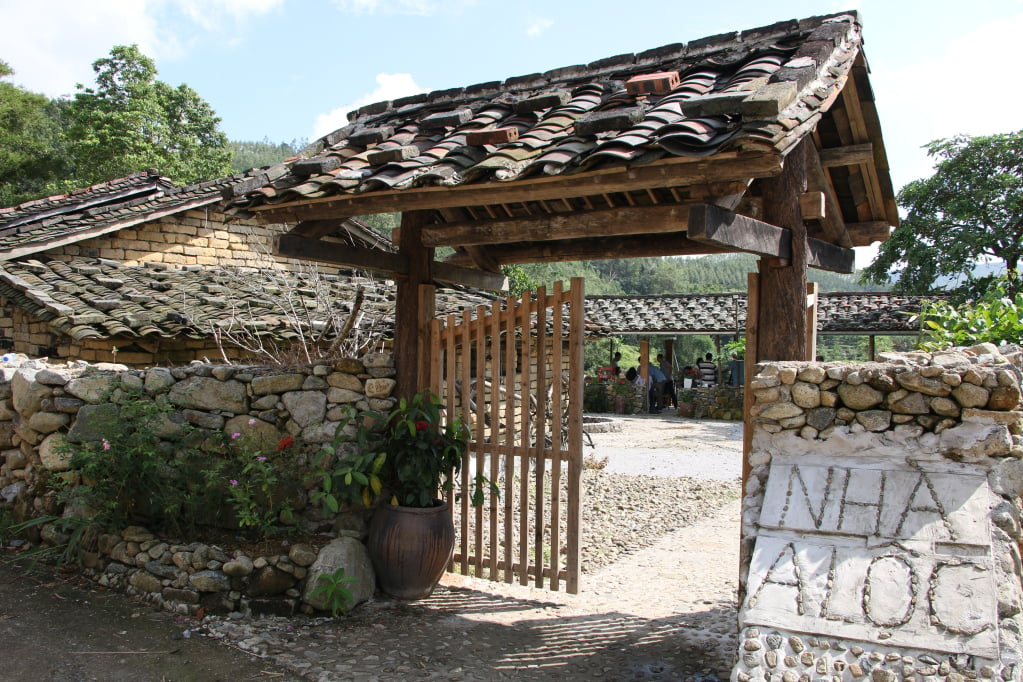
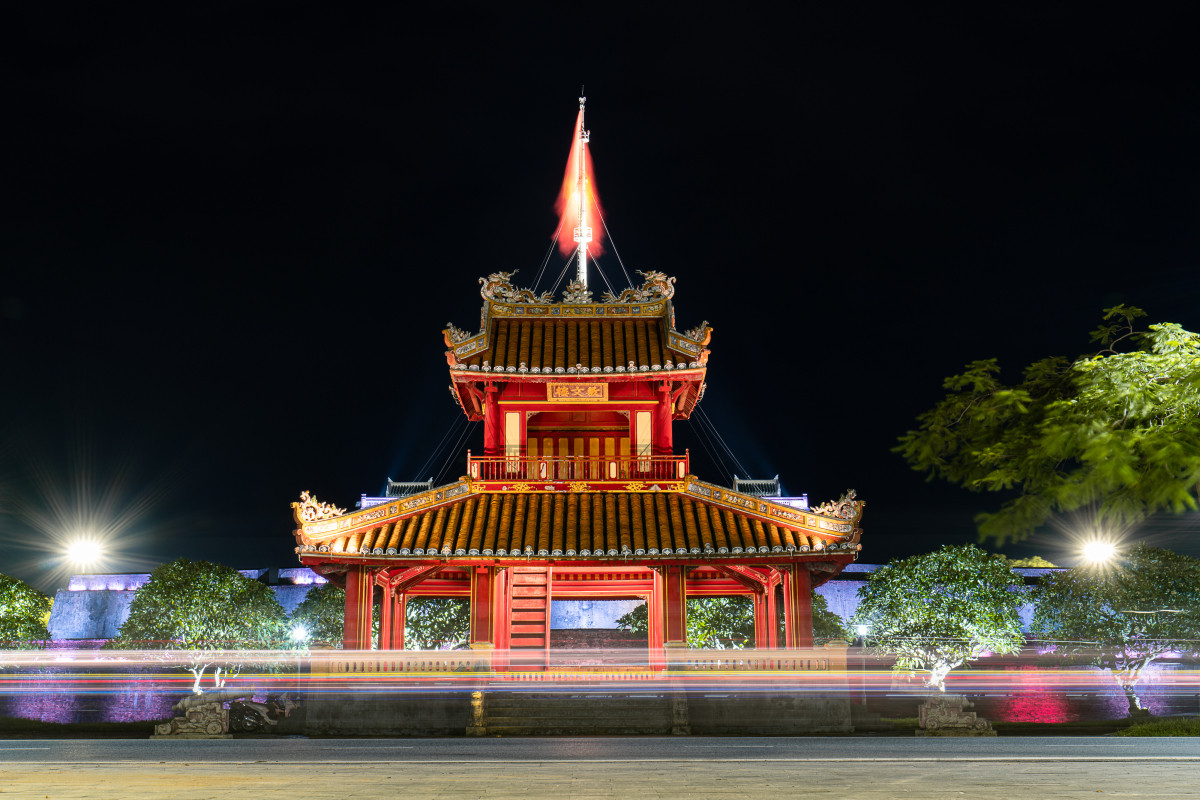
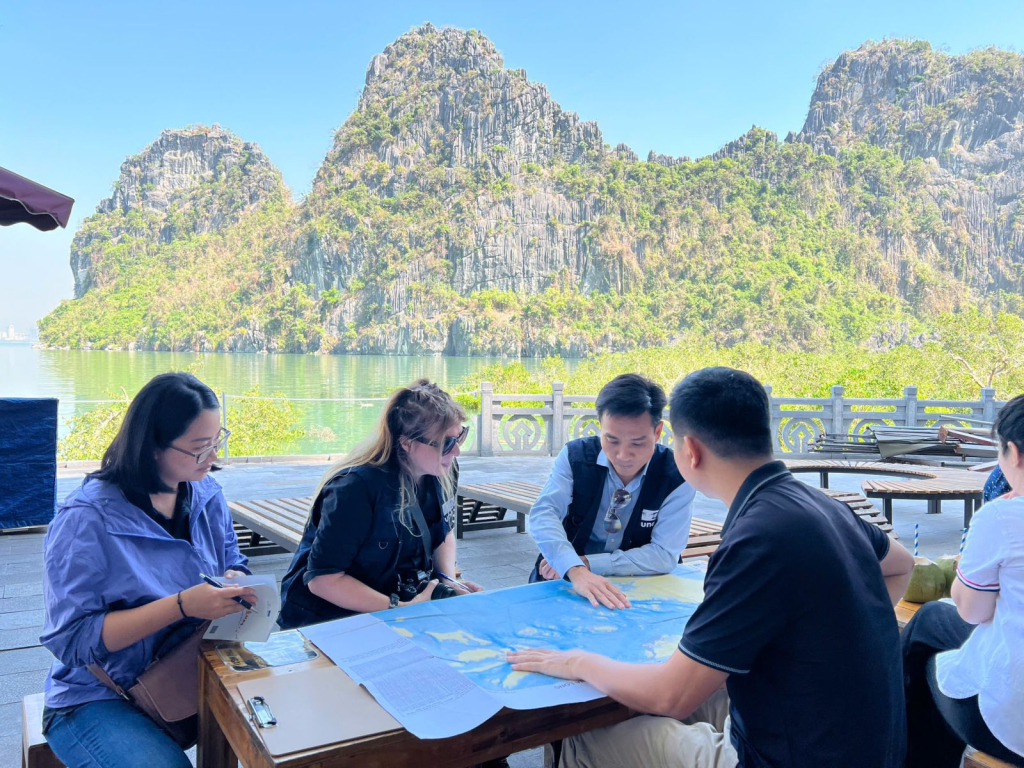



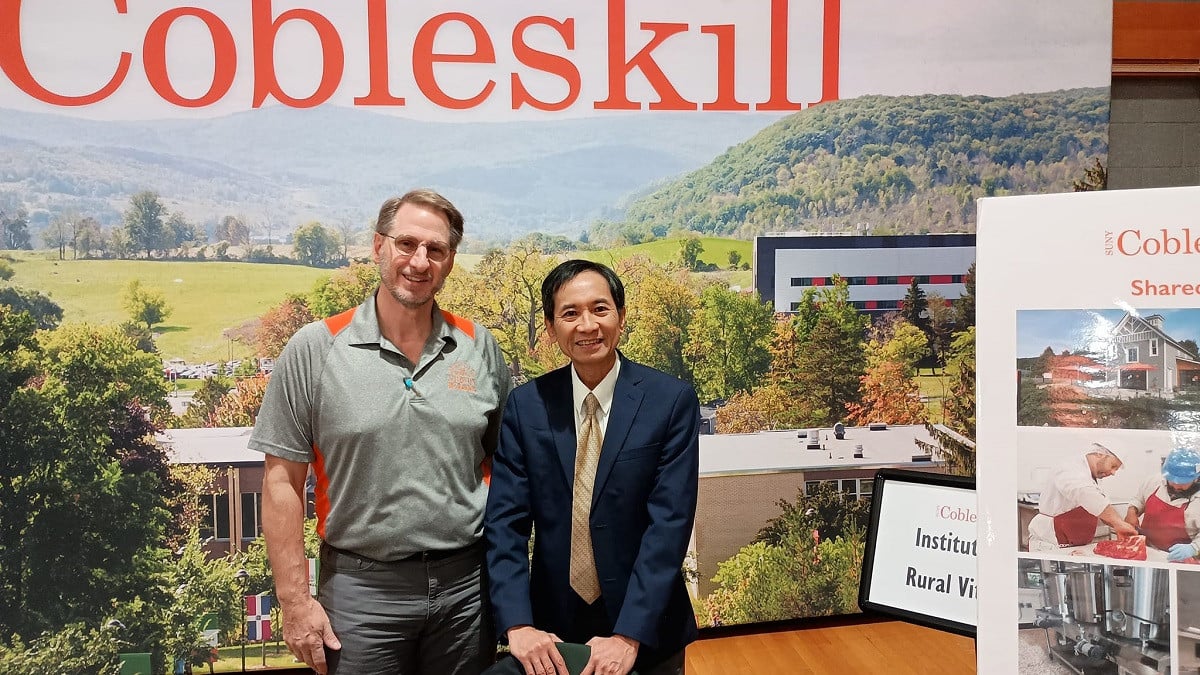

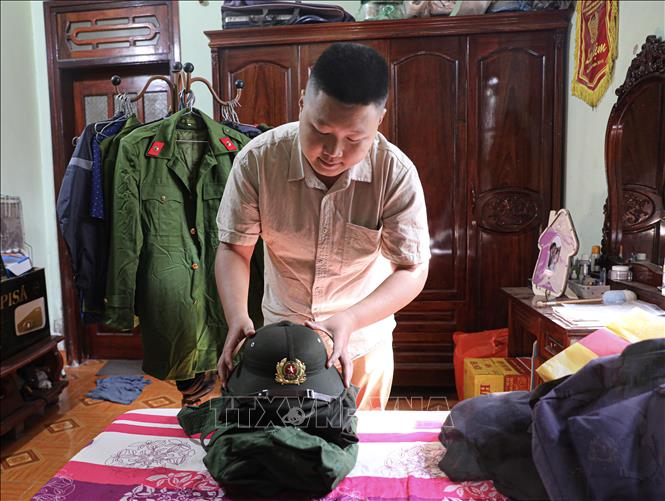

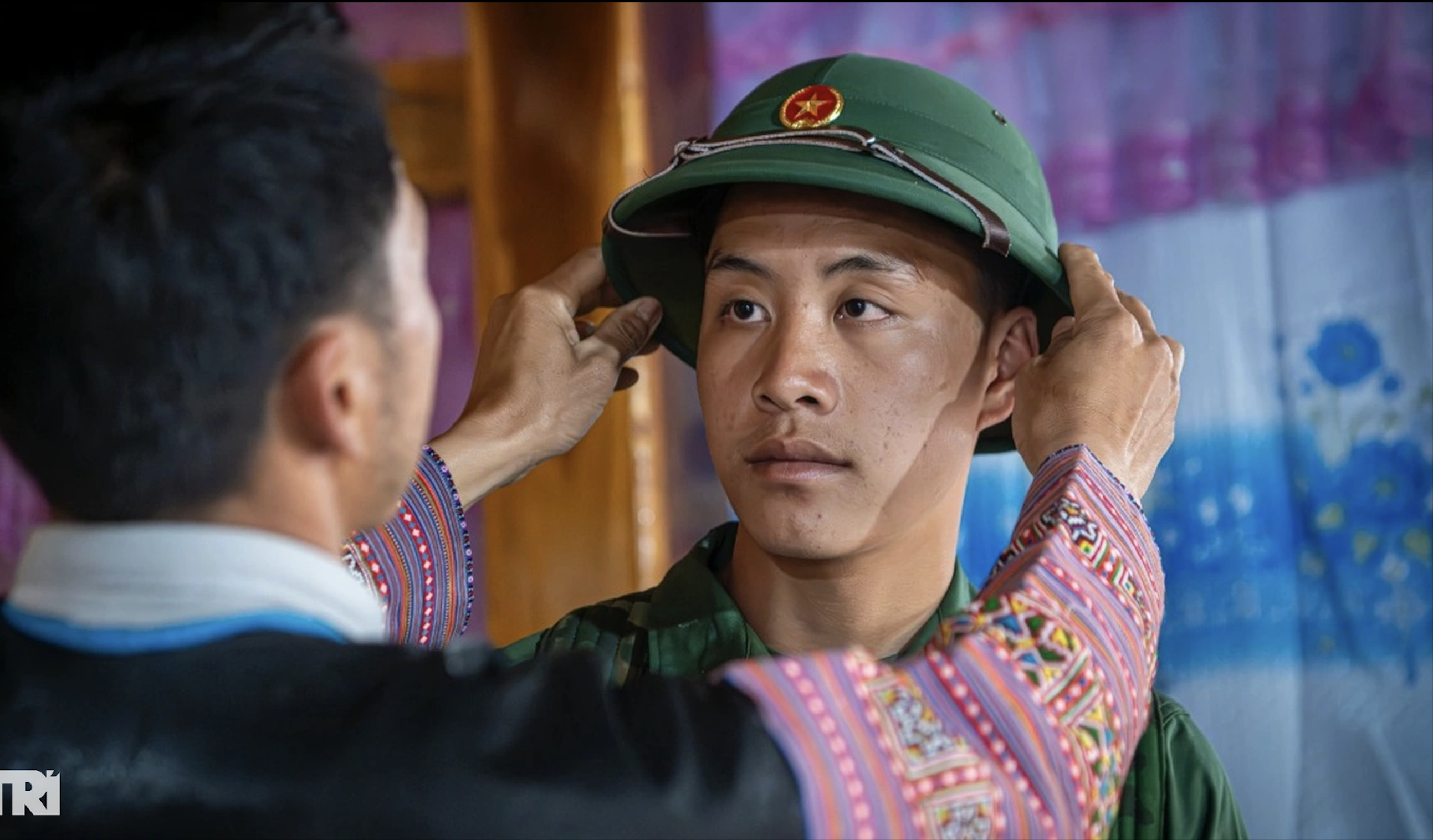
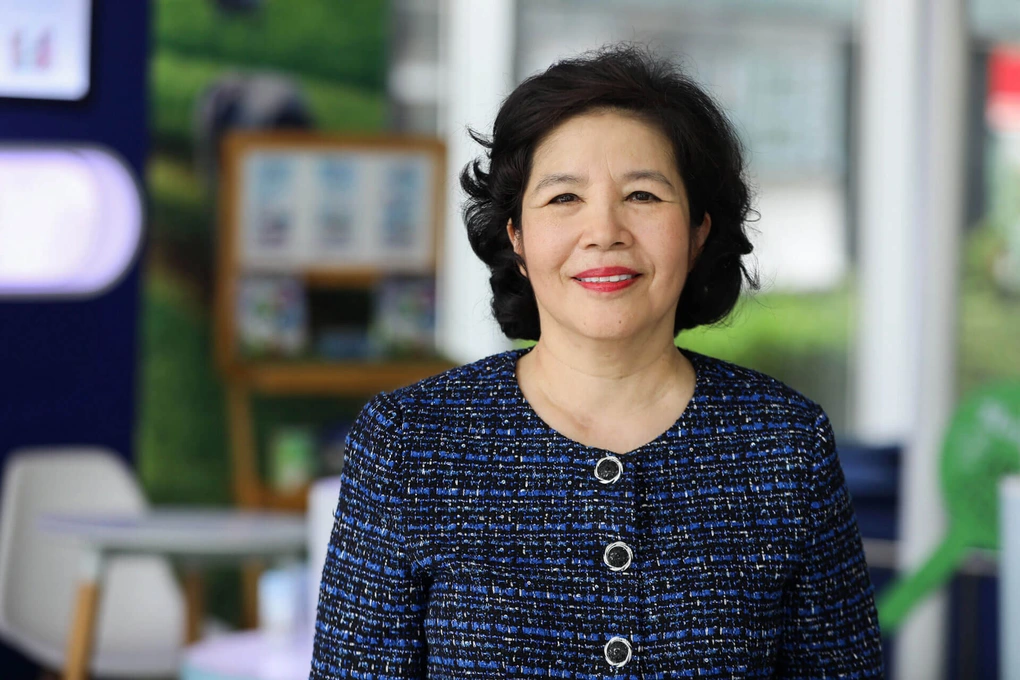




Comment (0)